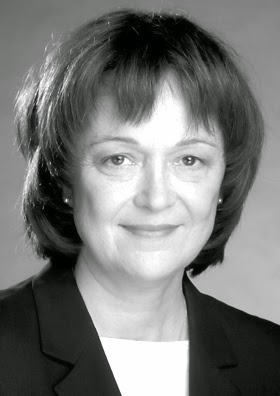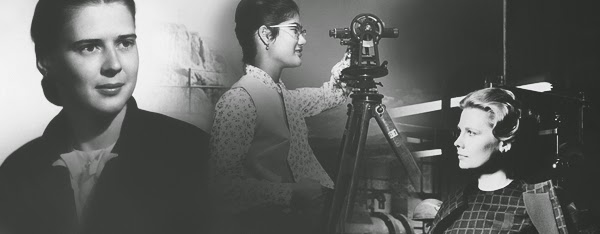 |
| Image Source: NobelPrize.org |
Topics: Biochemistry, Cell Physiology, Diversity, Diversity in Science, Medicine, Nobel Prize, Women in Science
The Nobel Prize in Physiology or Medicine 1986
Rita Levi-Montalcini
Born: 22 April 1909, Turin, Italy
Died: 30 December 2012, Rome, Italy
Affiliation at the time of the award: Institute of Cell Biology of the C.N.R., Rome, Italy
Prize motivation: "for their discoveries of growth factors"
Field: biochemistry, cell physiology
Prize share: Stanley Cohen and Rita Levi-Montalcini "for their discoveries of growth factors"
My twin sister Paola and I were born in Turin on April 22, 1909, the youngest of four children. Our parents were Adamo Levi, an electrical engineer and gifted mathematician, and Adele Montalcini, a talented painter and an exquisite human being. Our older brother Gino, who died twelve years ago of a heart attack, was one of the most well known Italian architects and a professor at the University of Turin. Our sister Anna, five years older than Paola and myself, lives in Turin with her children and grandchildren. Ever since adolescence, she has been an enthusiastic admirer of the great Swedish writer, the Nobel Laureate Selma Lagerlöf, and she infected me so much with her enthusiasm that I decided to become a writer and describe Italian saga "à la Lagerlöf". But things were to take a different turn.
Ever since childhood, Paola had shown an extraordinary artistic talent and father's decision did not prevent her full-time dedication to painting. She became one of the most outstanding women painters in Italy and is at present still in full activity. I had a more difficult time. At twenty, I realized that I could not possibly adjust to a feminine role as conceived by my father, and asked him permission to engage in a professional career. In eight months I filled my gaps in Latin, Greek and mathematics, graduated from high school, and entered medical school in Turin. Two of my university colleagues and close friends, Salvador Luria and Renato Dulbecco, were to receive the Nobel Prize in Physiology or Medicine, respectively, seventeen and eleven years before I would receive the same most prestigious award. All three of us were students of the famous Italian histologist, Giuseppe Levi. We are indebted to him for a superb training in biological science, and for having learned to approach scientific problems in a most rigorous way at a time when such an approach was still unusual.
In 1936 I graduated from medical school with a summa cum laude degree in Medicine and Surgery, and enrolled in the three year specialization in neurology and psychiatry, still uncertain whether I should devote myself fully to the medical profession or pursue at the same time basic research in neurology. My perplexity was not to last too long.
"Rita Levi-Montalcini - Facts". Nobelprize.org. Nobel Media AB 2014. Web. 21 Mar 2015. http://www.nobelprize.org/nobel_prizes/medicine/laureates/1986/levi-montalcini-facts.html










